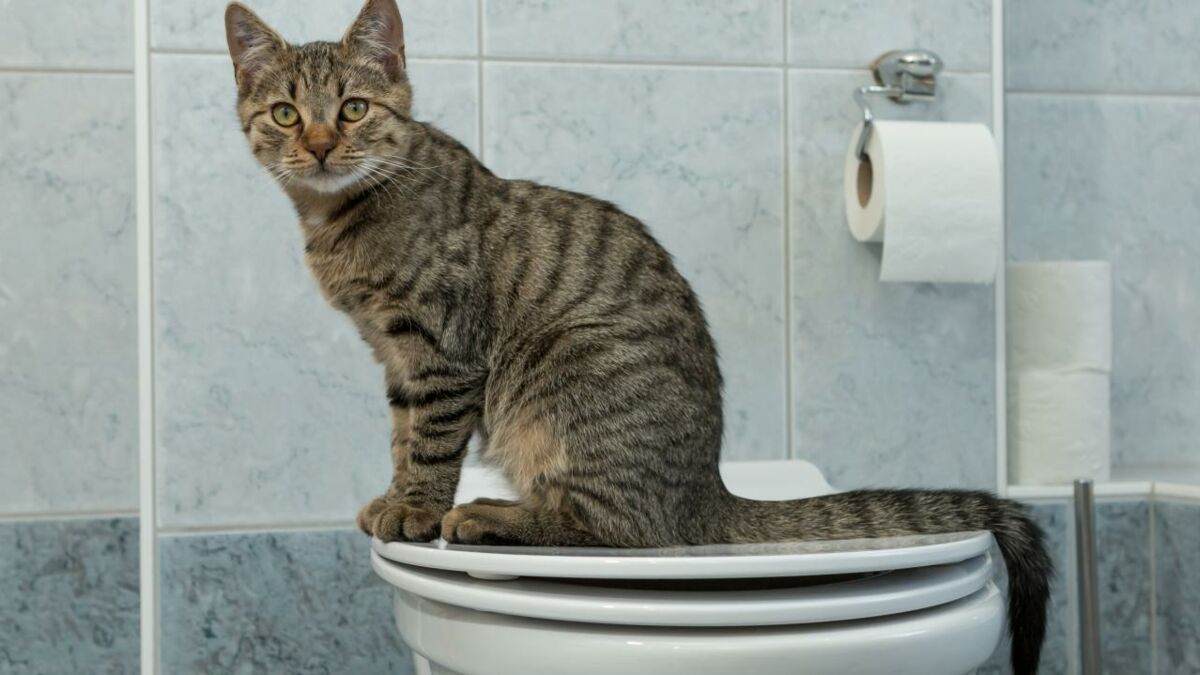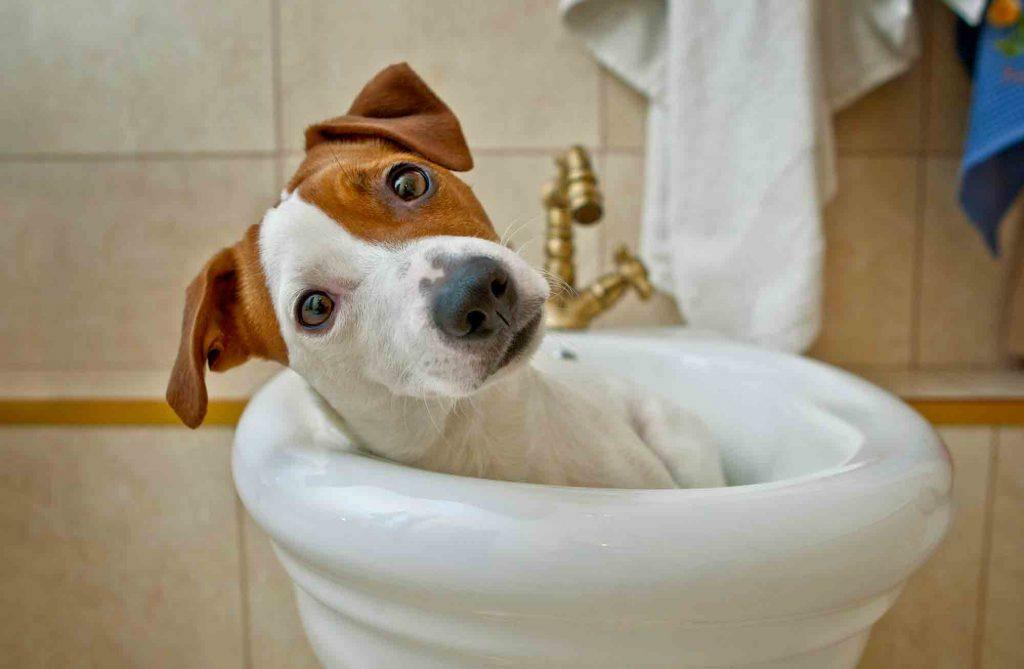Are you currently interested in details about 4 Reasons Why Dog Poop Cleanup is Important?

When it pertains to throwing away waste, particularly animal waste, lots of people usually resort to the practical alternative of flushing it down the commode. Nevertheless, this seemingly simple solution can have serious repercussions for the environment and public health. In this article, we'll discover why flushing pet waste down the commode is a poor concept and provide alternative methods for appropriate disposal.
Introduction
Proper garbage disposal is critical for preserving ecological sustainability and public health. While it might appear safe to purge animal waste down the bathroom, it can result in numerous issues, both for the atmosphere and human well-being.
Dangers of flushing pet waste
Ecological impact
Purging animal waste introduces unsafe bacteria and virus right into waterways, which can adversely affect aquatic ecosystems. These virus can pollute water sources and harm aquatic life, interfering with delicate environments.
Public health concerns
Pet waste includes harmful microorganisms such as E. coli and Salmonella, which can position significant wellness threats to human beings. Flushing pet waste down the commode can pollute water products, causing the spread of conditions and infections.
Alternatives to flushing
Rather than purging pet waste down the bathroom, there are numerous different disposal approaches that are a lot more environmentally friendly and sanitary.
Composting
Composting pet waste is a green way to get rid of it. By composting, organic matter is broken down right into nutrient-rich soil, which can be made use of to feed yards and plants.
Garbage dump disposal
Taking care of animal waste in a garbage dump is another choice. While not as environmentally friendly as composting, it is a safer choice to flushing, as it avoids the contamination of water sources.
Family pet garbage disposal systems
There are customized pet dog garbage disposal systems readily available that securely and hygienically get rid of animal waste. These systems typically use enzymes to break down waste and eliminate odors.
Steps to proper animal waste disposal
To ensure proper disposal of pet waste, adhere to these actions:
Scooping and getting waste
On a regular basis scoop and bag animal waste using eco-friendly bags. This protects against waste from infecting the atmosphere.
Utilizing assigned waste bins
Dispose of bagged pet waste in designated waste containers, such as compost bins or land fill bins. Stay clear of flushing it down the commode in all expenses.
Cleaning litter boxes and pet areas regularly
Consistently clean litter boxes and family pet locations to stop the build-up of waste and microorganisms. Use pet-safe cleaning items to keep hygiene.
Advantages of appropriate disposal methods
Taking more info on appropriate disposal techniques for animal waste supplies several advantages:
Reduced environmental pollution
Proper disposal methods lower the threat of environmental pollution, protecting rivers and ecosystems from contamination
Decreased threat of water contamination.
By preventing flushing animal waste down the commode, the danger of water contamination is significantly lowered, protecting public health.
Boosted sanitation and health
Correct disposal methods promote better cleanliness and health, producing a much safer atmosphere for both humans and pets.
Conclusion
Finally, flushing animal waste down the toilet is damaging to the setting and public health. By taking on alternative disposal approaches and following proper waste monitoring techniques, we can decrease the unfavorable influence of animal waste and contribute to a cleaner, healthier earth.
What To Do With Dog Poo – The Do's And Don'ts Of Disposing Of Faeces
Dog poo bins
Some councils provide dedicated dog waste bins in popular dog-walking areas that can take dog poo that has been bagged but you can legally dispose of dog waste in any public litter bin, as long as it is securely bagged. This also applies to your wheelie bin at home.
Do not flush
Water companies do not recommend flushing dog faeces down the toilet because certain parasites can survive the water processing treatment and are potentially harmful to humans. You should also never consider flushing dog poo that has been bagged down the toilet as the bags will not break down and instead create severe blockages in the sewage system.
In the woods
The Forestry Commission promotes a ‘stick and flick’ method for dealing with waste in the woods. This means finding a stick and using it to flick any poo from off the path so that it is out of the way of other walkers. You could also bury it as long as it is not in an area where there might be livestock.
Livestock
Parasites found in dog poo can be transmitted to livestock if they inadvertently eat infected faeces that has been left on grazing land. This could result in the death of sheep or abortion in cattle so you should always make sure you pick up your dog’s waste in fields where livestock could be present.

Consistently clean litter boxes and family pet locations to stop the build-up of waste and microorganisms. Use pet-safe cleaning items to keep hygiene.
Advantages of appropriate disposal methods
Taking more info on appropriate disposal techniques for animal waste supplies several advantages:
Reduced environmental pollution
Proper disposal methods lower the threat of environmental pollution, protecting rivers and ecosystems from contamination
Decreased threat of water contamination.
By preventing flushing animal waste down the commode, the danger of water contamination is significantly lowered, protecting public health.
Boosted sanitation and health
Correct disposal methods promote better cleanliness and health, producing a much safer atmosphere for both humans and pets.
Conclusion
Finally, flushing animal waste down the toilet is damaging to the setting and public health. By taking on alternative disposal approaches and following proper waste monitoring techniques, we can decrease the unfavorable influence of animal waste and contribute to a cleaner, healthier earth.
What To Do With Dog Poo – The Do's And Don'ts Of Disposing Of Faeces
Dog poo bins
Some councils provide dedicated dog waste bins in popular dog-walking areas that can take dog poo that has been bagged but you can legally dispose of dog waste in any public litter bin, as long as it is securely bagged. This also applies to your wheelie bin at home.
Do not flush
Water companies do not recommend flushing dog faeces down the toilet because certain parasites can survive the water processing treatment and are potentially harmful to humans. You should also never consider flushing dog poo that has been bagged down the toilet as the bags will not break down and instead create severe blockages in the sewage system.
In the woods
The Forestry Commission promotes a ‘stick and flick’ method for dealing with waste in the woods. This means finding a stick and using it to flick any poo from off the path so that it is out of the way of other walkers. You could also bury it as long as it is not in an area where there might be livestock.
Livestock
Parasites found in dog poo can be transmitted to livestock if they inadvertently eat infected faeces that has been left on grazing land. This could result in the death of sheep or abortion in cattle so you should always make sure you pick up your dog’s waste in fields where livestock could be present.

I came across that blog entry on 4 Reasons Why Dog Poop Cleanup is Important when perusing the search engines. Remember to take the opportunity to distribute this article if you enjoyed reading it. Thank you so much for taking the time to read it.
Call Today